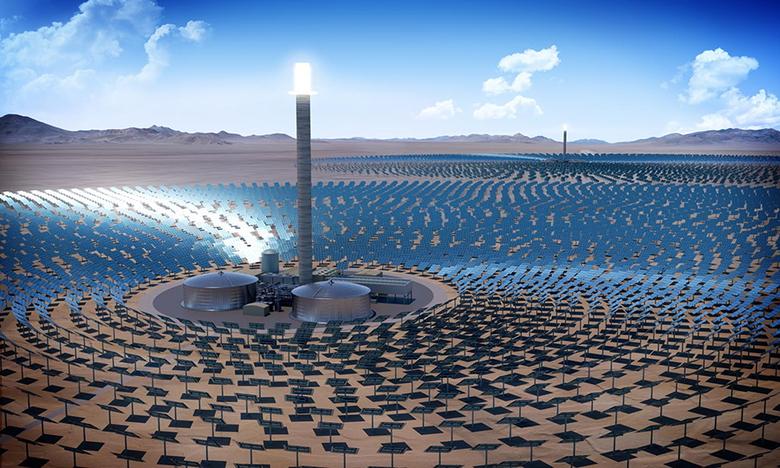
SOLAR POWER DECREASES

PLATTS - 16 Jun 2020 - Global 2020 solar PV capacity additions are set to dip 4% from a record high in 2019 due to the coronavirus, but economic stimulus programs could mean strong growth returning over coming years, according to a June 16 report by Solar Power Europe.
Due to the extended lockdown of the global economy, the solar market will experience a contraction in 2020 with its base-case scenario predicting 112 GW of new capacity instead of the 144 GW projected in last year's forecast.
This decline is due to reduced demand and restrictions on labor as well as supply chain issues, it said.
"However, if governments opt for sustainable post-COVID economic recovery packages, solar is forecast to undergo strong growth in the next four years," the report said, predicting a rebound to 150 GW in 2021.
Its base case scenario sees 814 GW added over the next five years (168 GW in 2022, 184 GW in 2023 and 200 GW in 2024) with a 500-GW range between the low and high scenarios by end-2024.
In 2019, 117 GW of new solar capacity was added, a new annual record and up 13% on 2018 with total installed capacity doubling since 2016 to 633 GW.
"The low-cost and versatility of solar has accommodated its rapid expansion in new markets which embraced the technology," SPE president Aristotelis Chantavas said adding that 16 countries added over 1 GW in 2019, compared with 11 in 2018, and nine in 2017.
The world's 20 biggest solar power markets are set to account for 693 GW or 85% of all additions over the next five years with the three biggest markets (China, US, India) accounting for over half.
"The biggest wildcard is China, which has a big lever to move the solar balance in any direction," the report which has in-depth sections for the 20 biggest markets said.
"Europe continues to be a solar leader," SPE interim CEO Aurelie Beauvais said with 22.9 GW added in 2019, more than doubling from 2018 and the European Green Deal expected to boost solar growth in the EU despite Europe's share in annual solar installations set to decline with China and the Middle East/North Africa region growing.
Europe accounted for 70% of total solar capacity in 2012, but that share has fallen to 24%.
Reality check
"Although the report highlights the competitiveness of solar PV relative to other sources -- the costs presented reflect best-case conditions/sites, while we note that for higher growth to materialize, high-cost solar PV projects will need to be developed, which need strong and clear policy support to materialize in the future," S&P Global Platts Analytics' head of global power planning, Bruno Brunetti, said.
While the utility-segment remains central to the solar industry's development (accounting for over 75% of 2020 estimated 2020 additions) challenges are acknowledged, with weakness emerging especially in key markets such as China, and more recently India, he added.
"These barriers make us a bit more cautious about solar prospects and, for perspective, solar accounts for only 3% of the total global power mix in 2020 and is forecast to be about 4.5% of the total power mix by 2025, in spite of solar PV being the largest source of annual capacity additions," Brunetti said.
The annual report by Solar Power Europe normally released at the Intersolar fair was launched online this year with a panel of experts also focusing on hydrogen.
Think-tank REN21 called for priority investment in renewables as the foundation for a hydrogen economy with especially green hydrogen requiring massive amounts of renewable power.
-----









